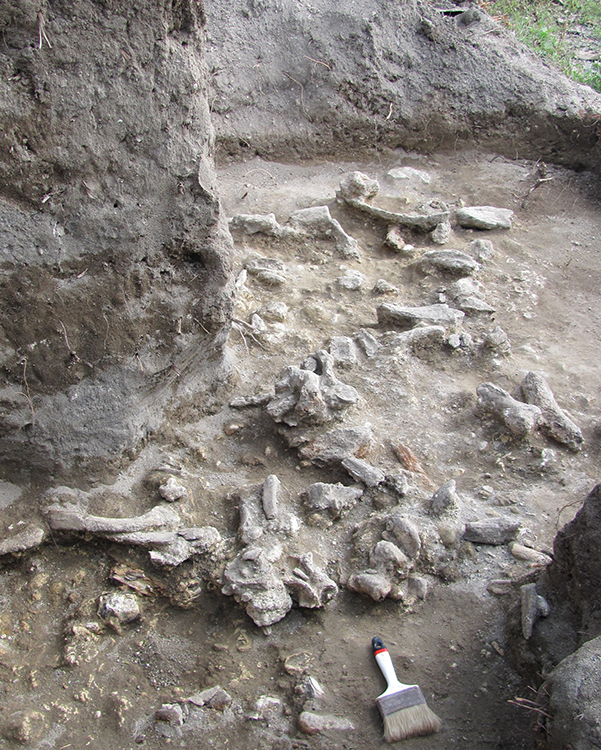In the early 1930s, Dutch anthropologists found a giant bed of bones hidden above the banks of the Solo river on the Indonesian island of Java, Business Insider reported.
More than 25,000 fossil specimens were buried in the river mud in an area called Ngandong, including 12 skull caps and two leg bones from a particularly intriguing human ancestor: Homo erectus, a direct ancestor of modern humans and the first species to walk fully upright, survived 300,000 years longer than previously thought, scientists claim.

They dated about 110,000 years ago, according to new research.
An international team of researchers led by the University of Iowa have been studying an area around the village of Ngangdong on the island. According to the Guardian, with staff from the Institute of Technology in Bandung, Indonesia, the research team spent 16 years dating the site with a panoply of modern techniques.

Their work was aided by the grandchildren of one of the Dutch geologists, who provided maps and journals that, once translated into English, pointed to the location of the original bonebed.
The experts now believe Homo erectus, which walked upright like us, was the first ancient human to leave Africa and maybe the first to have cooked. They hung on in Java long after it had vanished elsewhere. 'This site is the last known appearance of Homo erectus found anywhere in the world', said Professor Russell Ciochon from the Univesity of Iowa to Daily Mail.

However, they were wiped out by climate change in Java around 400,000 years ago, Indonesia. Global heating parched the grassland where they lived and destroyed its food supply of deer and cattle.
Writing in the journal Nature, the scientists describe how they worked out the age of the Homo erectus fossils by dating the landscape and new animal fossils excavated from the Ngandong terrace.


















